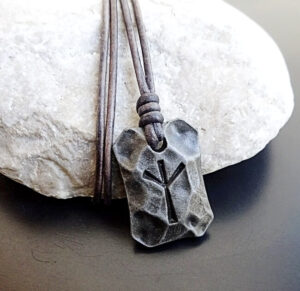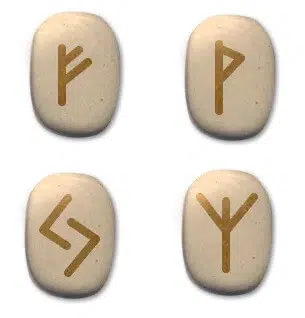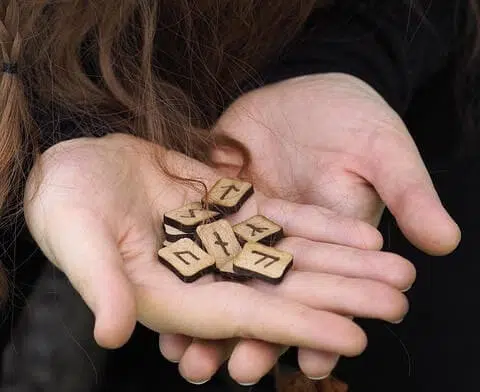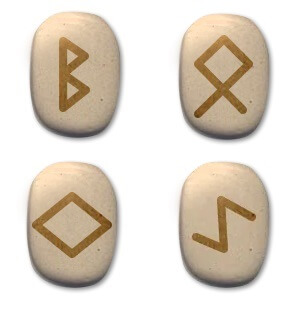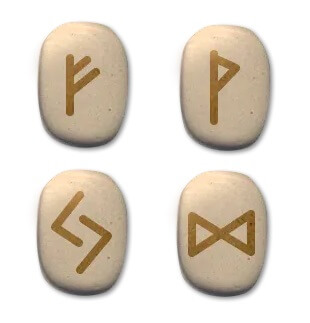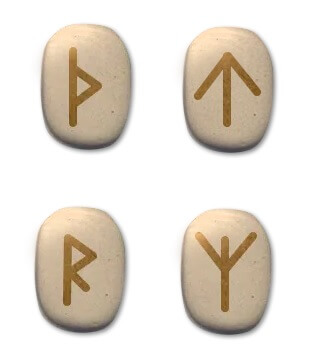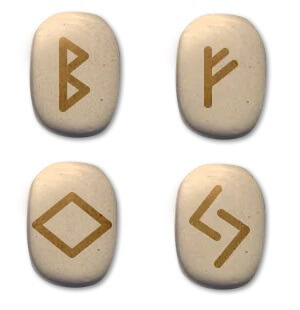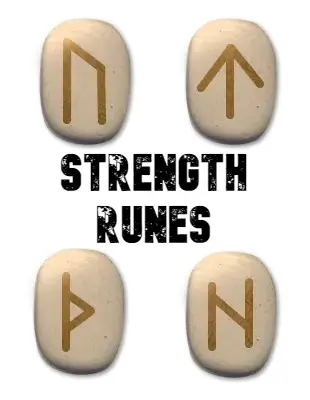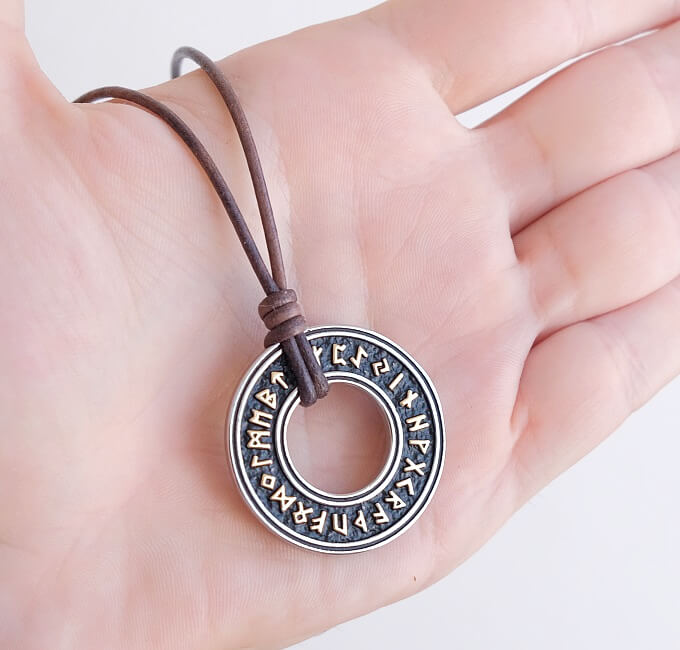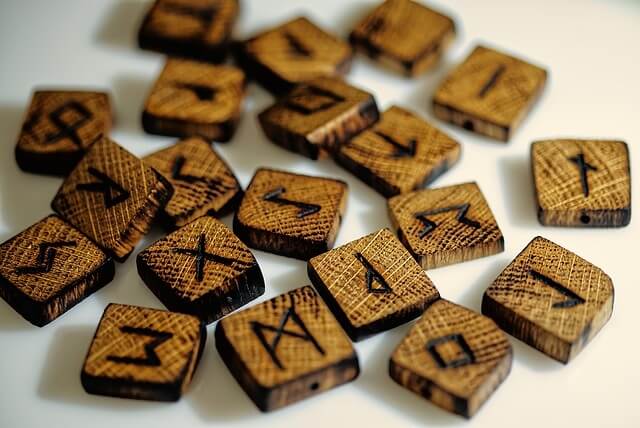Galdr is an Old Norse term that refers to a form of magic that involves the recitation or chanting of spells or incantations. It was a significant aspect of Norse culture, with its origins dating back to pre-Christian times.
The rich Norse culture was full of various magical arts that were deeply intertwined with the spiritual beliefs of the people.
Seidr magic was known to be practiced by powerful seeresses and Volva, while rune magic was the domain of warriors.
But one magical art that has piqued the interest of many is Galdr, a type of spell or incantation mentioned in several surviving sources.
Despite the limited details that remain about this practice, it continues to fascinate and intrigue those who seek to understand the mystical traditions of the Viking world.
The practice of Galdr was largely suppressed with the arrival of Christianity in the Nordic countries, but it has experienced a resurgence of interest in recent years among modern practitioners of Norse paganism and shamanism.
The power of Galdr and its role in Norse spirituality remains a captivating mystery that continues to spark the imagination of modern practitioners and scholars alike.
The Origin and Meaning of Galdr
The etymology of the word and its interpretations
The word galdr is derived from Old Norse and is related to the Icelandic word “galdur” and the Old High German word “galstar”.
The exact meaning of the word is a matter of some debate among scholars, but it is generally understood to refer to a form of magic that involves recitation or chanting.
Some scholars believe that the word may be related to the Old Norse word “gala”, which means “to sing, chant or recite”.
This suggests that galdr was originally a form of ritual singing or chanting that was used to communicate with the gods or to perform other magical actions.
Another interpretation of the word is that it is related to the Old Norse word “galan”, which means “to crow or sing loudly”.
This suggests that it may have been associated with the crowing of roosters, which was believed to have magical properties in Norse culture.
Regardless of its exact meaning, galdr was a significant part of Norse culture and was used for a variety of purposes, including healing, protection, divination, and communication with the spirit world.
The different forms of Galdr:
Galdr can take on several different forms, including spoken, sung, and whispered. Each form of has its own unique properties and is used for different purposes.
- Spoken galdr involves the recitation of spells or incantations in a normal speaking voice. This form is often used for simple spells or for invoking protective spirits.
- Sung galdr involves the use of the voice to create melodic or rhythmic patterns. This form is often used for more complex spells and for invoking more powerful spirits. Sung galdr may also involve the use of instruments, such as drums or bells, to enhance its effectiveness.
- Whispered galdr involves the recitation of spells or incantations in a quiet, almost inaudible voice. This form is often used for spells that require secrecy or for spells that are intended to affect a specific person or object.
In addition to these forms, there are also variations in the way that galdr is performed.
For example, some practitioners may use a specific posture or hand gesture to enhance the power of their spells.
The specific form of galdr used will depend on the practitioner’s intentions and the purpose of the spell being cast.
The purposes of Galdr
Galdr was used for a variety of purposes in Norse culture, including healing, protection, divination, and communication with the spirit world.
- Healing was one of the most common purposes of galdr. Practitioners believed that by reciting specific spells or incantations, they could tap into the healing energy of the universe and direct it towards the person in need of healing.
- Protection was another important purpose. Practitioners believed that by reciting protective spells or incantations, they could create a shield of energy that would protect themselves or others from harm.
- Divination was also a significant use of galdr. Practitioners would use specific spells or incantations to access information from the spirit world or to gain insight into the future. They would often use runes or other symbols as part of their divination practice.
- Communication with the spirit world was also an important purpose. Practitioners believed that by reciting specific spells or incantations, they could open a channel of communication with spirits and deities, and receive guidance or assistance from them.
Galdr was a versatile and powerful form of magic that was used for a wide range of purposes in Norse culture. It was considered an essential tool for practitioners of magic and was held in high regard by the people of the time.
The Practice of Galdr
Performing galdr involves several steps, including preparation, visualization, and chanting. The following are some common steps involved in performing galdr:
- Preparation: Before beginning a galdr session, it is important to create a sacred space or ritual area. This can be done by lighting candles, burning incense, or creating a circle using natural objects. The practitioner may also choose to meditate or engage in other calming activities to prepare themselves for the practice.
- Visualization: Once the sacred space is established, the practitioner should begin to visualize their intention for the galdr. This can involve visualizing symbols or images associated with their desired outcome, or imagining themselves being surrounded by protective energy.
- Chanting: The practitioner should then begin to recite the galdr spell or incantation in a clear and focused manner. The chant may be spoken, sung, or whispered, depending on the practitioner’s preference. The chanting should be done with intention and energy, and the practitioner should try to maintain a steady rhythm and volume.
- Completion: Once the chanting is complete, the practitioner should take a few moments to ground themselves and release any excess energy that may have been generated during the practice. This can be done by deep breathing, visualization, or other relaxation techniques.
It is important to note that the specific steps involved in performing galdr may vary depending on the practitioner’s tradition and personal preferences.
However, the basic principles of preparation, visualization, and chanting are common to most forms of galdr practice.
The role of runes and other symbols in Galdr
Runes and other symbols play a significant role in Norse Magic.
Runes are ancient Norse symbols that were believed to hold magical properties and were often used in divination and spell-casting.
In galdr, runes are often used as a focal point for visualization and intention setting.
Practitioners of galdr may choose a specific rune that corresponds with their intention, and visualize that symbol as they chant their spell or incantation.
This can help to strengthen the intention and energy behind the spell.
Other symbols may also be used, such as sigils or talismans. These symbols are often designed specifically for the practitioner’s intention and can be used as a visual aid during practice.
In addition, runes and other symbols were also used in other forms of Norse magic, such as staves and bindrunes.
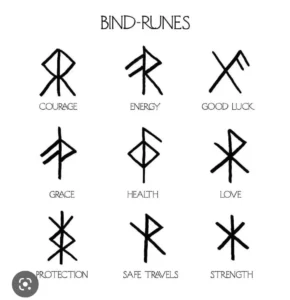
These were complex symbols created by combining multiple runes together, and were believed to hold even greater magical power.
They were believed to hold deep spiritual significance and were often used as a way to connect with the divine and harness its power.
Examples of galdr spells for different purposes
Here are some examples of spells for different purposes:
- Invoking the elements: The elements (earth, air, fire, water, and spirit) were an important part of Norse magic. To invoke the elements, a practitioner might chant a spell such as:
“By the power of earth and stone, By the might of wind and sky, By the flames that dance and roam, By the waters deep and high, I call upon the elements five, To bless and guide me as I thrive.”
- Warding off negative energy: it can also be used to ward off negative energy and protect oneself from harm. A spell for this purpose might be:
“By the strength of my will, By the power of my soul, I banish all negativity, And make myself whole. No harm shall come to me, No evil shall prevail, For I am protected, By the power of this spell.”
- Healing: Healing was a common use of galdr in Norse culture. A healing spell might be:
“By the power of the earth and sky, By the strength of the sea and wind, I call upon the forces divine, To heal and mend this broken mind. May my body be strong and whole, May my spirit be light and free, So mote it be.”
- Divination: it was also used for divination, or gaining insight into the future. A spell for this purpose might be:
“By the power of the runes and signs, By the wisdom of the ancient kind, I call upon the spirits of the past, To guide and reveal what’s meant to last. May the answers I seek be clear and true, May the future be bright and full of hue, So mote it be.”
These are just a few examples spells, and the specific wording and content of spells can vary widely depending on the practitioner’s tradition and intention.
However, the basic principles of visualization, intention setting, and chanting are common to most forms of galdr practice.
The Spiritual and Psychological Benefits of Galdr
Galdr was not only seen as a way to affect change in the external world, but also as a means of transforming the practitioner’s internal state. The act of chanting a spell was believed to have therapeutic effects on the mind, body, and spirit.
- Mind: The repetitive chanting of a spell can induce a state of deep relaxation and meditation, which can help to reduce stress, anxiety, and depression. This can also help to clear the mind and improve mental clarity, making it easier to focus on one’s goals and intentions.
- Body: Galdr was often used for healing purposes, and the vibrations created by chanting were believed to have a positive effect on the physical body. This can help to reduce pain, inflammation, and other symptoms of illness or injury. In addition, the deep breathing techniques used during galdr can improve respiratory function and increase oxygen flow to the body.
- Spirit: Galdr was considered a spiritual practice that helped to connect the practitioner with the divine. Chanting a spell was believed to raise one’s vibration and open up channels of communication with the spiritual realm. This can help to cultivate a sense of inner peace, purpose, and connection to the universe.
The therapeutic effects on the mind, body, and spirit were seen as an integral part of the practice. By chanting galdr spells, practitioners were able to not only affect change in their external environment but also to transform themselves from within.
The connection between galdr and shamanism
There is a clear connection between galdr and shamanism, as both practices involve the use of sound and chanting to enter altered states of consciousness and communicate with the spiritual realm.
In shamanic traditions around the world, the use of drumming, singing, and chanting is a common method for inducing a trance state and accessing the spirit world.
Similarly, in Norse culture, galdr was used to enter altered states of consciousness and connect with the spirits of ancestors, gods, and other entities.
Like shamans, practitioners of galdr often acted as mediators between the human and spirit worlds, using their knowledge and skills to help heal, protect, and guide their communities.
They were seen as having a special connection to the spirtual realm, and their ability to communicate with spirits was highly valued.
In addition, both shamanism and galdr are deeply rooted in the natural world and the cycles of the seasons.
Many galdr spells and shamanic practices are associated with specific times of the year, such as the solstices and equinoxes, and with the elements and forces of nature.
The connection between galdr and shamanism is evident in the use of sound and chanting to access altered states of consciousness and communicate with the spiritual realm, as well as in the role of the practitioner as a mediator between the human and spirit worlds.
The potential of galdr as a tool for personal growth and self-discovery
Galdr can provide a powerful means of personal growth and self-discovery.
Chanting and visualization during galdr can bring unconscious thoughts and feelings to the surface, leading to greater self-awareness and insight.
The practice can also be used as a form of self-care, promoting relaxation, tension release, and stress reduction.
Moreover, galdr can help to develop intuition and sensitivity to the subtle energies of the universe, deepening the connection to the natural world and the divine.
Conclusion
Galdr is not just a historical artifact of Norse culture, but a powerful and transformative practice that can be used for personal growth and self-discovery.
With its use of sound, visualization, and intention, it provides a means of connecting with the deepest aspects of ourselves and the universe.
Whether seeking to explore spirituality, work through emotional challenges, or simply find inner peace, it can be a valuable tool for anyone on the path of self-discovery.
See also:





